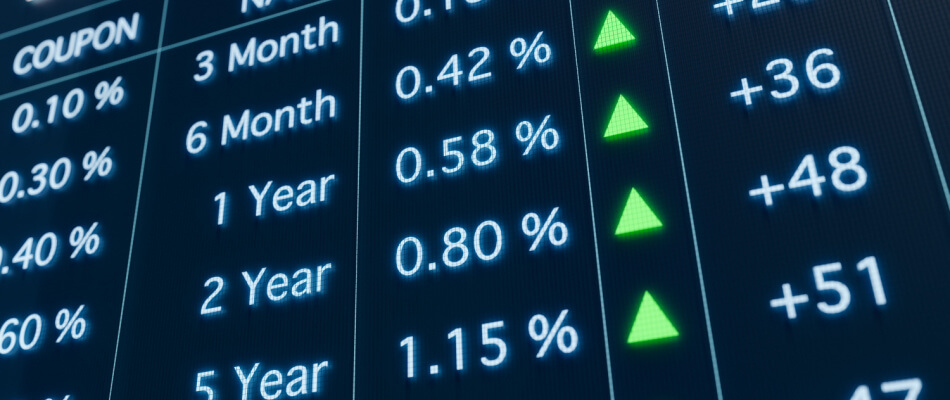Investing in stocks and bonds
Investing in stocks and bonds has become increasingly popular, also among private investors. For the less experienced investors it is important to clearly state what the difference is between stocks and bonds.
The stock market crash of 2008 has created greater awareness among many investors. The attitude towards the financial world became more critical and there was a greater need to better understand financial-economic issues. In addition, the knowledge of the jargon of banks, economists and investors increased. The following question also became more relevant: “What exactly is the difference between shares and bonds?”
Difference between shares and bonds
Shares
A share is a security that shows that you participate in a company, in other words that you have a share in the company. A share is therefore nothing more than proof that you own part of a company and provide capital. You are then a shareholder of a company and can then also share in the profits . Not every share is listed on the stock exchange. It is easier to trade listed shares.
Owning shares also has a downside and there is the risk that a company will go bankrupt or make losses. This prevents many investors from investing in shares. On the other hand, there are also attractive advantages associated with investing in shares. For example, as a shareholder you obtain the right to dividend . You then share in the company’s profits. This is paid out annually if the company has determined this. However, an annual return from dividend is not a certainty. Furthermore, you can also attend the general meeting of shareholders. In the long term, a higher return can be achieved with shares than with other forms of investment.
Bonds
Bonds are a less risky way to invest . A private investor gives a loan to an institution. This can be either a government institution or a company. An investor lends money for a certain period, against a periodic, usually annual interest. The institution that issues the bond (loan) is expected to repay the full amount of the deposit at the end of the term. The term bond therefore originates from the French “obliger”, which means to oblige. Logically, there is an obligation to repay the borrowed amount .

The monetary value of a bond is expressed in a specific currency, e.g. the euro or the dollar. An international 3-letter designation is used for this, so in this case EUR or USD. The choice of a specific currency can be interesting for an investor. Most bonds are listed on the stock exchange and are displayed as a percentage. Unlike shares, with bonds you have the certainty of receiving interest annually . An additional advantage is that within a company a bondholder has priority over the shareholder with regard to payment. The safest is a government bond with the guarantee that payment will take place after the maturity date.
Compare brokers and start investing in bonds
Are you excited about investing in bonds after reading this article? Compare brokers that offer bonds or compare brokers that offer stocks , and find the broker that suits you best!